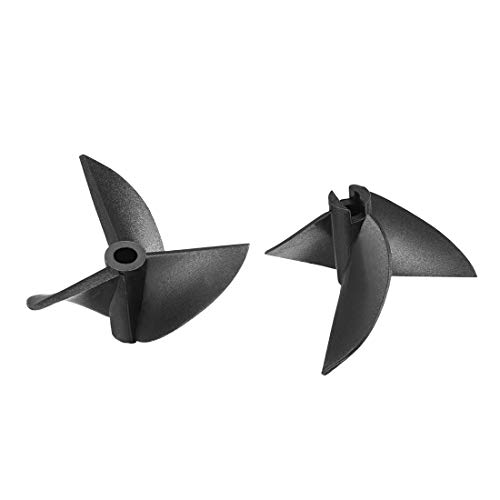I don't know anything about scales and scale rules, but I read a lot about guys scaling plans up or down... how closely do the models have to be to a real hull ?
And are there any rules about the bottom of our boats staying true to the real hull also, even though our boats run the opposite direction to the real hulls? Are modifications allowed to the sponsons, running gear etc ?
And as far as paint, and markings, is this just for concourse judging? Or does it affect racing points to any degree on race day?
Okay Frank, I'll try to make this understandable for you as it can get very confusing, depending on the class of scale you're dealing with. That said, let me lead off with the basic statement that some if this will vary depending on which organizational rules you are working with. Something else you have to remember is that the scale boats are suposed to make it look like a full sized unlimited boat race so there are rules that govern the appearance of the boats. I'm going to use R/C Unlimiteds rule books and MHR as they're similar to what is said in the NAMBA and IMPBA rule book.
Hull CLASSES:
Hull classes are based on the size of the models you want to build/race. The classes are broken down as follows:
- 1:10 scale electric, scaled down to roughly 1.2" per foot of full sized boat
- 1:8 scale nitro or electric, no scaling required as plans are normally drawn at the required 1.5" per foot
- 1:6.7 gas scale, scaled up to 1.8" per foot of full sized boat
- There is also a larger scale of electric boats, don't know the size breakdown on it
Hull SIZE REQUIREMENTS:
The boats are required to fall within a given variance to actual exact scale dimensions. I know this thread is about the 1993 T-Plus but I'm going to use a boat I'm very familiar with, in this case, the 1973 Pay'N Pak. I'll give the actual boat dimensions(bold title and size) and then give the scale range that dimension can fall into for the three classes I listed above:
Hull Length: 28.5 feet
1:10 33.2-35.2"
1:8 41.75-43.75"
1:6.7 50.05-52.55"
Hull Width: 13.0 feet
1:10 14.04-17.16"
1:8 17.55-21.45"
1:6.7 20.59-26.21"
Tunnel Width 6 foot 8 inches
1:10 7.2-8.8"
1:8 9-11"
1:6.7 10.8-13.2"
Hull Depth 2.5 feet
1:10 2.7-3.3"
1:8 3.38-4.13
1:6.7 4.05-4.95"
Afterplane Length 16.0 feet
1:10 20.74-25.34"
1:8 21.6-26.4"
1:6.7 25.92-31.68"
Picklefork Depth 4 feet
1:10 4.32-5.28"
1:8 5.4-6.6"
1:6.7 6.48-7.92"
Hull Requirements:
Other than size, all of the boats can have minor changes EXCEPT for the 1:10 scale "Vintage class" sponsons. The sponsons on all of the other classes can have riding surfaces "tweaked" in several ways as long as they still look accurate to what the boat could have actually had on it. The "Vintage class", being primarily the early round nosed boats, are required to have the sponsons shaped as they would have in full size, have open sponson transoms if the full sized boat did and with a skid fin mounted in a fashion that the full sized boat would have had. Another modification that is allowed is a "belly pan" of up to a specific size to allow the engine/motor to be lowered for appearance considerations.
Running gear can be either hard shaft or flex in all but the "Vintage class" boats, which must use a straight shaft. The prop and rudder can be configured as desired other than distance behind the hull. Props must be partially under the boat while the rudder can only extend a limited distance behind the hull in at least one class.
As far as the top of the boats, the paint and decals must be as close as possible to the full sized boats to maintain the intent of the class. The cockpits are to be detailed to look like a full sized boat, including a driver(from the waist up) for the boats that had open cockpits while enclosed cockpits are required to have a driver and clear windshield.




















































